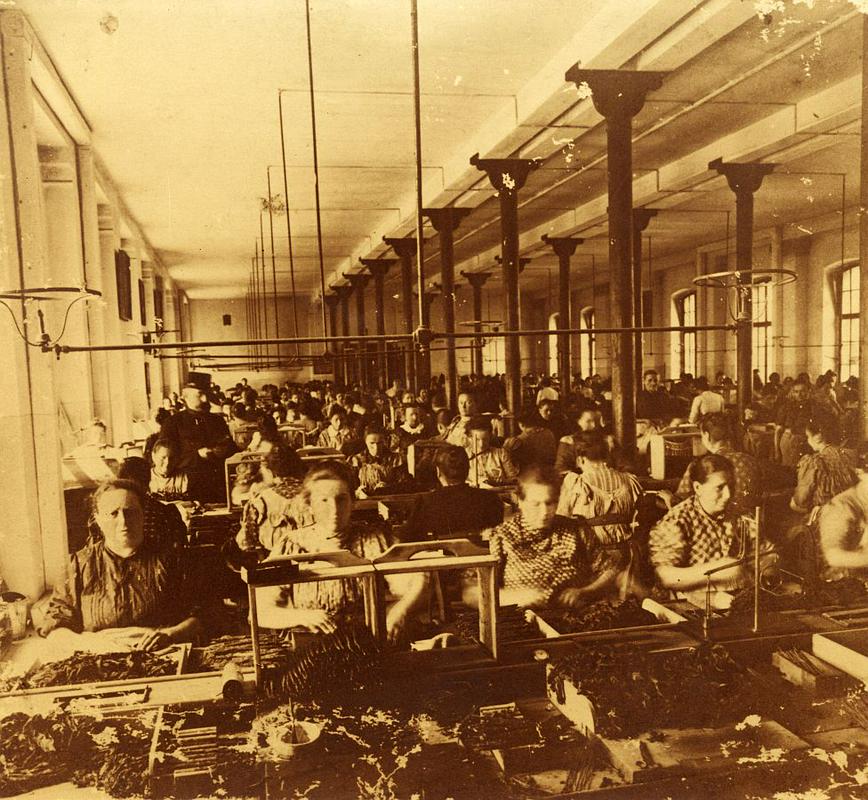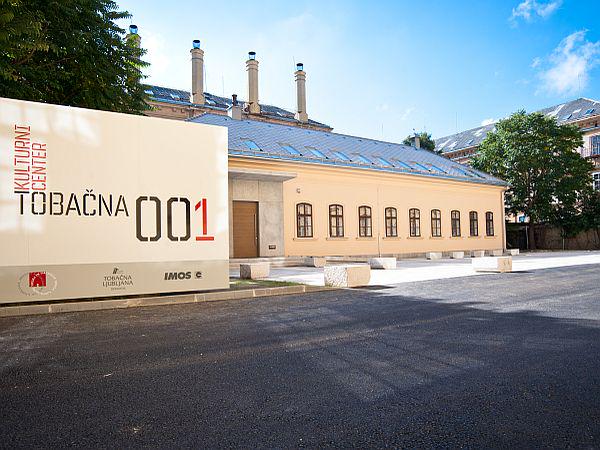

Ljubljana has long served as the cultural capital of the Slovenian people, but the city has also had an important industrial sector. For generations, it was the home to a tobacco processing plant that provided employment for thousands of townspeople and established an enviable reputation.
The Ljubljana Tobacco Factory was set up 1871. From makeshift facilities in a former sugar refinery, it quickly grew to become the third biggest industrial plant in the Austrian Lands. It consisted of several buildings; for instance, one housed extensive washing facilities, while the other was the home to a fire brigade.
By the turn of the century, the factory employed more than two thousand people. For the most part, they were well cared-for: The factory was a pioneer in providing sick leave, paid vacations, and a daycare facility – an important benefit for women with children.
In fact, most of the employees were women, since they were seen as a dependable and inexpensive workforce. For the most part, they worked on cigars. Despite the factory’s early acquisition of machinery, its cigars were mostly made by hand, and they were prized well beyond Slovenia’s borders. They were even enjoyed at the court of Austria’s Emperor.
Cigarettes were introduced in 1877, but it wasn’t until the end of World War II that they had their heyday. The Ljubljana Tobacco Factory was the first in Yugoslavia to equip them with filters. Branded Filter 57, they became an instant sensation around the country, and are still remembered fondly by entire generations of Yugoslav smokers.
After Slovenia’s independence, the Ljubljana Tobacco Factory began to be affected by increased competition, cheaper labor costs in other countries, and the declining social acceptance of smoking. In 2002, it was bought by Imperial Tobacco, which decided to shut down production entirely and focus exclusively on sales and marketing. The factory ceased to exist.
The buildings, however, lived on. They are slowly being transformed into a multi-use complex housing everything from offices and shops to music festivals and artists’ studios. One of the buildings hosts Avant Garde art exhibitions, while a small museum tells visitors the history of tobacco production in a plant that once sold its wares across Central Europe.
Jaka Bartolj

































































